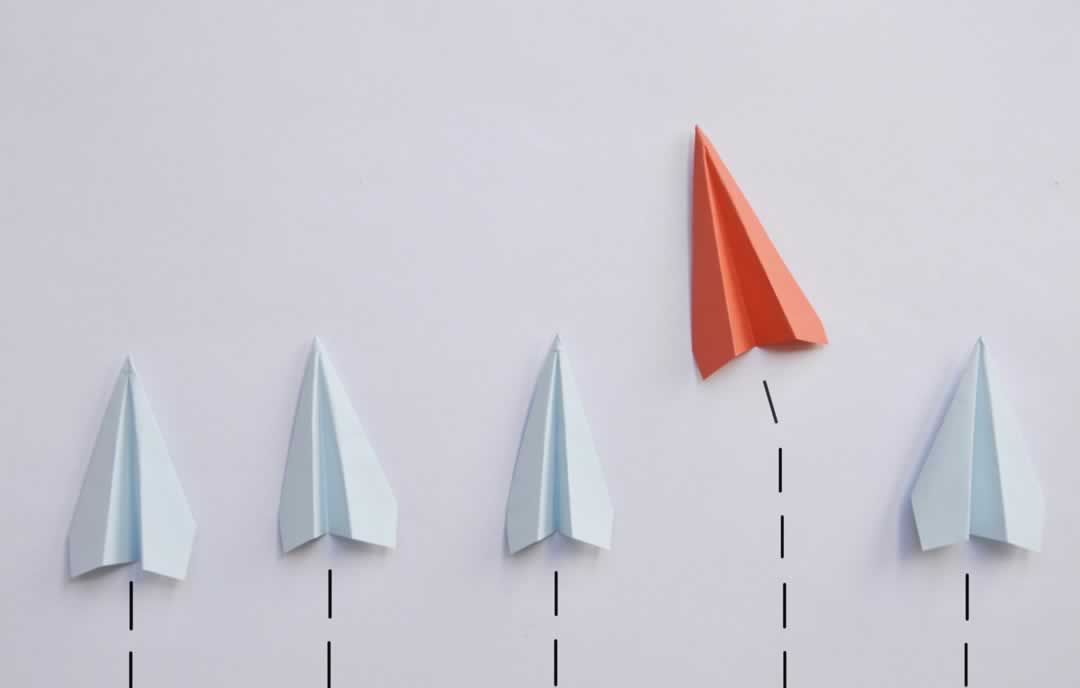table of contents
If your job doesn’t seem like the kind of place where creativity belongs, let’s start by rewriting that belief. Creativity isn’t about being a designer, a writer, or someone who posts inspirational quotes on Slack. Creativity is about thinking differently when everyone else is on autopilot. It’s about solving problems when the playbook doesn’t fit the moment. It’s about making your workday—and your brain—feel a little more alive. And yes, that absolutely matters whether you’re managing budgets, updating spreadsheets, enforcing regulations, or navigating HR compliance.
The biggest reason most people don’t feel creative at work is because they’ve bought into some outdated idea that creativity is a luxury or a personality trait. It’s not. It’s a mindset shift. And the first step is recognizing what’s actually been blocking it. Lack of time? That’s the obvious excuse. But let’s be honest—real creative breakthroughs take seconds, not hours. It’s not about having a free afternoon; it’s about noticing what you normally ignore. It’s about giving yourself permission to think in diagonals instead of always in straight lines.
Fear is another massive creativity killer. Fear of looking weird. Fear of being wrong. Fear of presenting a new idea and getting shut down. But here’s the truth: some of the smartest people you know are quiet creatives—people who are quietly reshaping systems, workflows, and communication just by asking better questions and seeing patterns others miss. You don’t need to be loud. You don’t need to be flashy. You just need to start paying attention to your ideas—and stop judging them before they’ve had a chance to breathe.
If you work in a field where precision, consistency, or risk aversion is the norm, creativity might feel like a risk. And it is. But not being creative? That’s a bigger one. If you never try something new, your mind atrophies. Your energy dulls. Your work begins to feel lifeless, and eventually—you do too. The cure isn’t quitting your job or launching a side hustle tomorrow. It’s creating small cracks in the routine where better thinking can get in.
So how do you do that in a job where innovation isn’t on your job description? You start by learning what sparks your creative state. Is it silence or sound? Early morning or late night? Do you need solitude, or do ideas flow better when you’re surrounded by people, even if you’re not engaging with them? Pay attention to when your brain lights up—and reverse engineer it. Protect that window. Even 15 minutes of flow can shift your entire day.
Second, start daydreaming again. Yes, you’re allowed to drift. You’re allowed to imagine better ways to do the things you do 50 times a week. The email no one reads? Try rewriting it like a headline. The report that always feels flat? Add a new visual. Rethinking even one small piece of your workflow can reset how you feel about everything else.
When you run into a problem, assume your go-to solution doesn’t exist. If your favorite tool breaks or a process gets interrupted, treat it like an invitation, not a disaster. Ask: how else could I solve this? What would I do if I had to get this done without that resource? Nine times out of ten, your brain will surprise you. That’s where creative confidence starts to build.
You can even play with constraints. Try taking something you do every day—like onboarding a new client or writing an internal update—and do it with fewer steps. Or more questions. Or with one new unexpected variable. Get curious about what else could be possible, even inside a box that looks unchangeable.
Here’s the secret no one told you: creativity isn’t a light switch. It’s a system. A pattern of small, continuous disruptions that eventually give you access to better ideas, better energy, and more agency in your work. You start to feel more capable. More effective. More awake. And honestly? More human.
If you want a more structured approach, there’s a model I’ve used for years in consulting and coaching called the Disney Creativity Strategy. It’s simple but powerful. Every idea gets explored in three stages: first as a dreamer (no limits, all possibility), then as a realist (what would it actually take?), and finally as a critic (where are the weaknesses?). You can do this solo by rotating through those lenses and journaling each one—or bring it into a team meeting and assign the roles. First brainstorm. Then build. Then evaluate. That structure alone can radically shift how your team or department solves problems.
If your work feels dry, repetitive, or soul-numbing right now, don’t assume the solution is quitting. Try rewriting your relationship with creativity first. Inject some freshness into your thinking. Break a pattern. Rewire a habit. Even small changes in how you engage with your tasks can build a sense of progress—and progress is what fuels motivation more than anything else.
Creativity doesn’t care what your job title is. It cares whether you’re paying attention. So start now. Not with something big or flashy. Just with a better question. And a willingness to answer it in a way you haven’t before.



